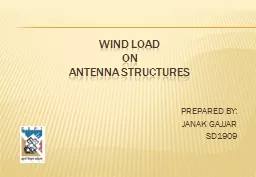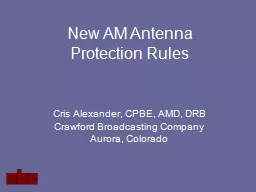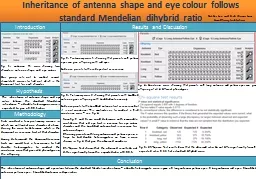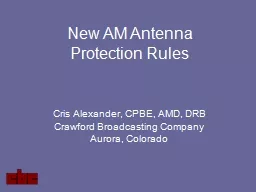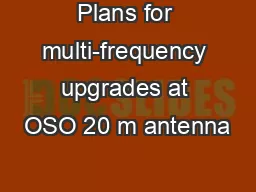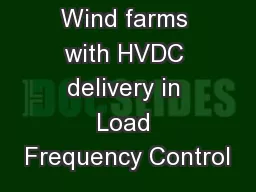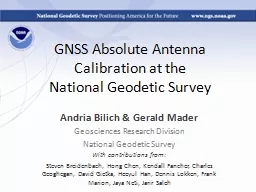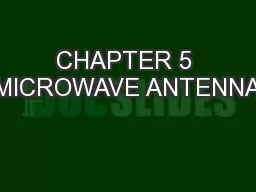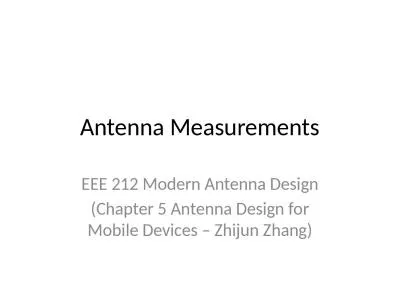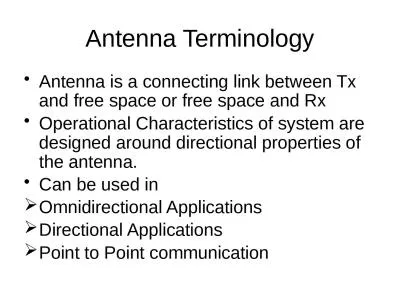PPT-WIND LOAD ON ANTENNA STRUCTURES
Author : olivia-moreira | Published Date : 2019-12-17
WIND LOAD ON ANTENNA STRUCTURES PREPARED BY JANAK GAJJAR SD1909 Introduction Wind calculation Pressure distribution on Antenna Conclusion References Introduction
Presentation Embed Code
Download Presentation
Download Presentation The PPT/PDF document "WIND LOAD ON ANTENNA STRUCTURES" is the property of its rightful owner. Permission is granted to download and print the materials on this website for personal, non-commercial use only, and to display it on your personal computer provided you do not modify the materials and that you retain all copyright notices contained in the materials. By downloading content from our website, you accept the terms of this agreement.
WIND LOAD ON ANTENNA STRUCTURES: Transcript
Download Rules Of Document
"WIND LOAD ON ANTENNA STRUCTURES"The content belongs to its owner. You may download and print it for personal use, without modification, and keep all copyright notices. By downloading, you agree to these terms.
Related Documents

